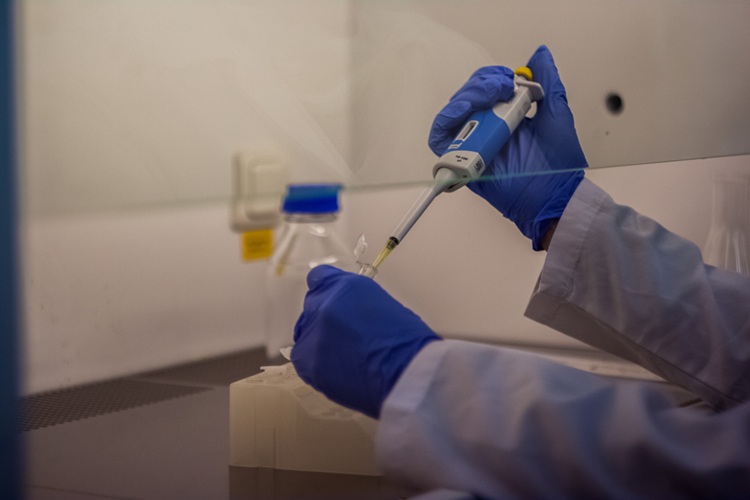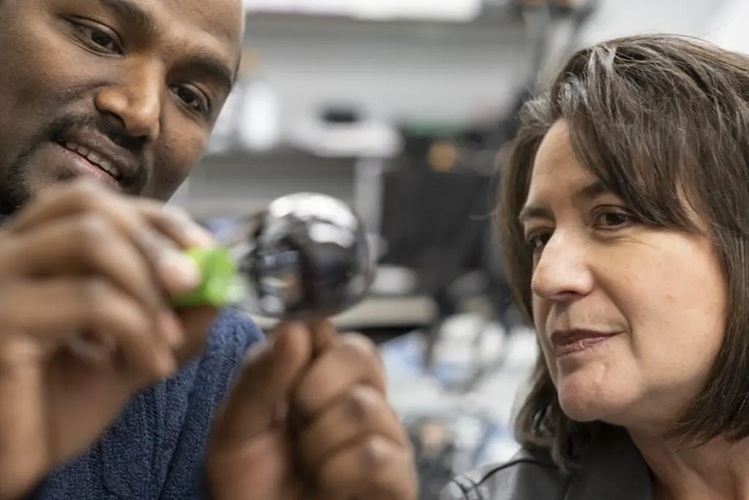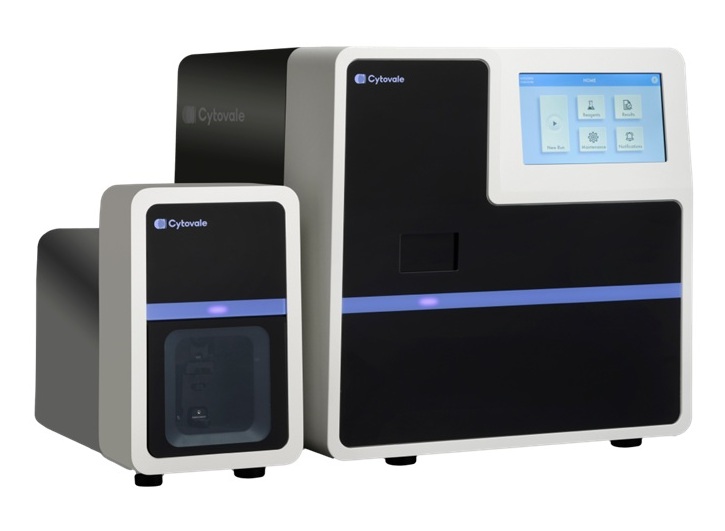Breaking Research to Make Testing for Gynecologic Cancers More Equitable and Accurate
Posted on 31 Jul 2025
New study findings presented at ADLM 2025 highlight two diagnostic tests with the potential to transform women’s healthcare. One study examined a self-collection test for human papillomavirus (HPV)—the virus responsible for cervical cancer—and found it could significantly expand screening access among women in underserved areas. A second study introduced a test designed to reduce the number of invasive procedures women often undergo during evaluation for endometrial cancer.
HPV screening, recommended every five years for most adult women, is usually conducted in a clinical setting through samples collected during a Pap smear. However, barriers such as limited access to care leave many women—including immigrants, migrant workers, and underserved populations—under-screened and at greater risk for cervical cancer. A self-collection HPV test, approved by the U.S. Food and Drug Administration in May 2024, could improve access. Although still requiring administration within a healthcare setting, it allows for use in local clinics and community-based events, increasing reach.

Researchers from Oregon Health & Science University (OSHU, Portland, OR, USA) evaluated this self-collection method in a study involving 28 Asian women aged 28–62, who self-collected HPV samples under pathologist guidance at a community clinic. All samples were deemed valid, and 26 tested negative for HPV. More than 94% of participants said they were likely or very likely to choose self-collection in the future, noting the clarity of instructions and comfort of the process. Notably, 71% indicated they would not have accessed HPV testing otherwise.
“Our study is among the first to show that, when screening is offered in a culturally sensitive, community-based setting with bilingual support, it enhances both education and screening rates in this population,” said OSHU researcher Dr. Zhengchun Lu. “By lowering logistical, language, and cultural barriers, HPV self-collection brings preventive care directly to the communities that need it most. This model helps shift cervical cancer prevention from a clinic-centric to a patient-centered, outreach-based strategy — ultimately saving lives through earlier detection and greater equity in care.”
Endometrial cancer ranks as the sixth most common cancer among women globally and is the leading gynecologic cancer in high-income countries like the U.S. Diagnostic testing is typically initiated in post-menopausal women experiencing abnormal uterine bleeding. However, the standard biopsy method can yield inconclusive results in up to 30% of cases, leading to further invasive procedures such as hysteroscopy or dilation and curettage (D&C). Traditional biopsies rely on detecting cancerous or precancerous cells, which may be too sparse in collected tissue to offer clear diagnoses. A new test from MiMARK Diagnostics (Barcelona, Spain), which instead targets proteins in the fluid portion of the sample, aims to enhance accuracy.
This new approach, detailed at ADLM 2025, is a minimally invasive alternative that could reduce the need for intrusive follow-up testing. Known as WomEC, the test is designed to simplify the diagnostic process, lower healthcare costs, and alleviate the anxiety and discomfort women often experience. Researchers analyzed over 100 proteins in uterine fluid samples from 358 women—217 with confirmed endometrial cancer and 141 without. From this, they identified three proteins capable of accurately identifying 99% of cancer cases and excluding 97% of those without the disease. MiMARK is now developing an immunoassay-based in vitro diagnostic version of WomEC, which could become available for use in clinical labs within the next few years.
“We now have strong diagnostic performance data in retrospective studies, but we need to take additional steps before the test becomes commercially available,” said Dr. Antonio Gil, founder of MiMARK Diagnostics, who led the study.
Related Links:
OSHU
MiMARK Diagnostics













